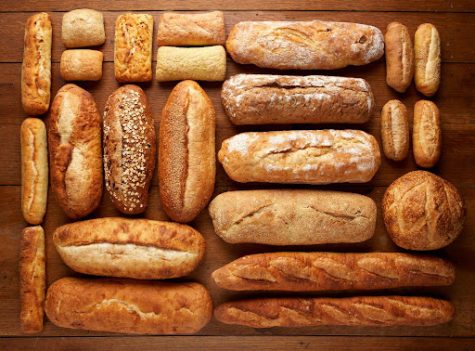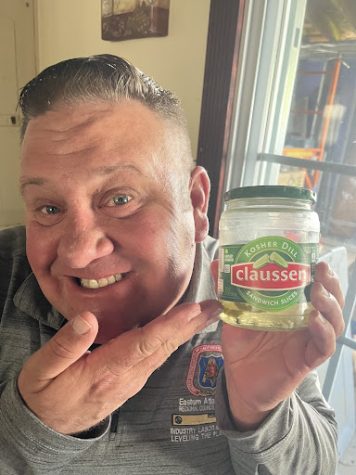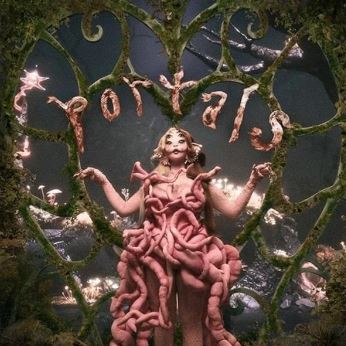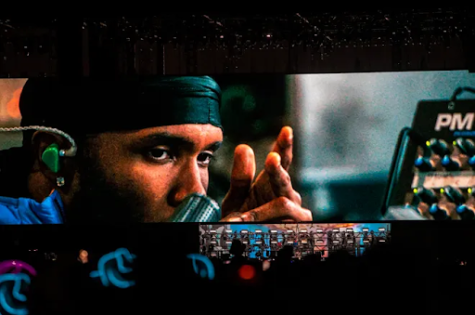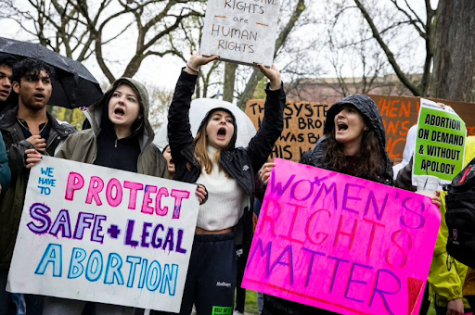18-year-olds mature enough to handle alcohol

Photo via Google Creative Commons License
18-year-olds are legal adults and should be allowed to drink.
January 26, 2017
Alcohol is the number one choice drug among teenagers and young adults. “Underage drinkers consume, on average, four to five drinks per occasion about 5 times a month,” according to the National Institutes of Health. “By comparison, drinkers age 23 and older consume two to three drinks per occasion, about nine times a month.”
The legal drinking age in the United States is 21 years old, while in 61 percent of other countries around the world, the drinking age is anywhere from 18 to 19 years old. The legal drinking age in the US should be lowered to 18, and young adults should have the ability to drink where alcohol is served.
Young adults gain many privileges at the age of 18 when they are officially legal adults. When a teen turns 18, they are able to vote in elections, sign legal contracts, buy tobacco products such as cigarettes, get married, work full time, and serve on jury duty.
They also are treated as an adult in the court of law, becoming susceptible to receiving longer prison sentences, and are more likely to receive death penalty for severe crimes, but still can’t buy a beer. The concept that someone can risk their life in a war, but can’t drink seems very illogical.
If the drinking age was lowered to 18, then there’s a large chance that alcohol consumption would be spread out over a longer period of time, and would likely consist of less toxic drinks because of the fact that it would be socially acceptable and legal.
By making alcohol illegal for teenagers, all it has done is make them want to do it even more. When teens know that they can’t drink at an event, that is when they drink large amounts of a stronger alcohol so that they can be drunk at the event.
“When you prohibit drinking legally, it pushes it into places that are uncontrolled, like fraternity houses,” Dr. David J. Hanson, a sociologist at the State University of New York, wrote to the LA Times. “These are places that promote drinking games and excessive, rapid consumption of alcohol, which puts people in danger of getting alcohol poisoning, and that can be fatal.”
The drinking age being 21 has not decreased the amount of underage drinking as some expected when it was raised in the 1980’s. All it actually did was push more drinking to be done secretively in more dangerous settings. If the drinking age were lowered, then young adults could comfortably drink in safer settings rather than at large, unsupervised parties.
“Foremost, in my mind, is the dramatic rise in binge drinking among young people since the 1984 change — with its consequent danger to health and safety,” Georgia Nugent, president emerita of Kenyon College and senior fellow of the Council of Independent Colleges, wrote in a New York Times article.
“Teaching people to drink responsibly before they turn 21 would enormously enhance public health,” Gabrielle Glaser wrote in an opinion piece for the New York Times. “Now, high school and college kids view dangerous binge drinking as a rite of passage.
According to Morris E. Chafetz, Founder of the National Institute for Alcoholism and Alcohol Abuse, there is no actual evidence to support theories that lowering the drinking age in the United States would actually cause increased adolescent alcohol abuse or brain impairment of any kind.
“Legal Age 21 has not worked,” Chafetz wrote for The Huffington Post in 2009. “To be sure, drunk driving fatalities are lower now than they were in 1982. “But they are lower in all age groups. And they have declined just as much in Canada, where the age is 18 or 19, as they have in the United States.”
One reason that people believe the drinking age should be kept at 21 is because in Europe, there are more kids drinking than in the United States because alcohol is available at a younger age. However “Between 1970-1976, 30 states lowered their Minimum Legal Drinking Age (MLDA) from 21 to 18, 19, or 20,” according to Health Research Funding. The laws were only changed because of a special interest group, Mothers Against Drunk Driving, that lobbied relentlessly for the drinking age to be raised.
The truth about it is, kids are going to drink no matter what, so why not give individual state governments their own choice drinking age that most fits their demographic? The drinking age in the United States should be lowered to reduce ‘binge’ drinking and to provide a safer environment for kids to be drinking at. For the greater safety of the youth of America, lower the drinking age to 18.





